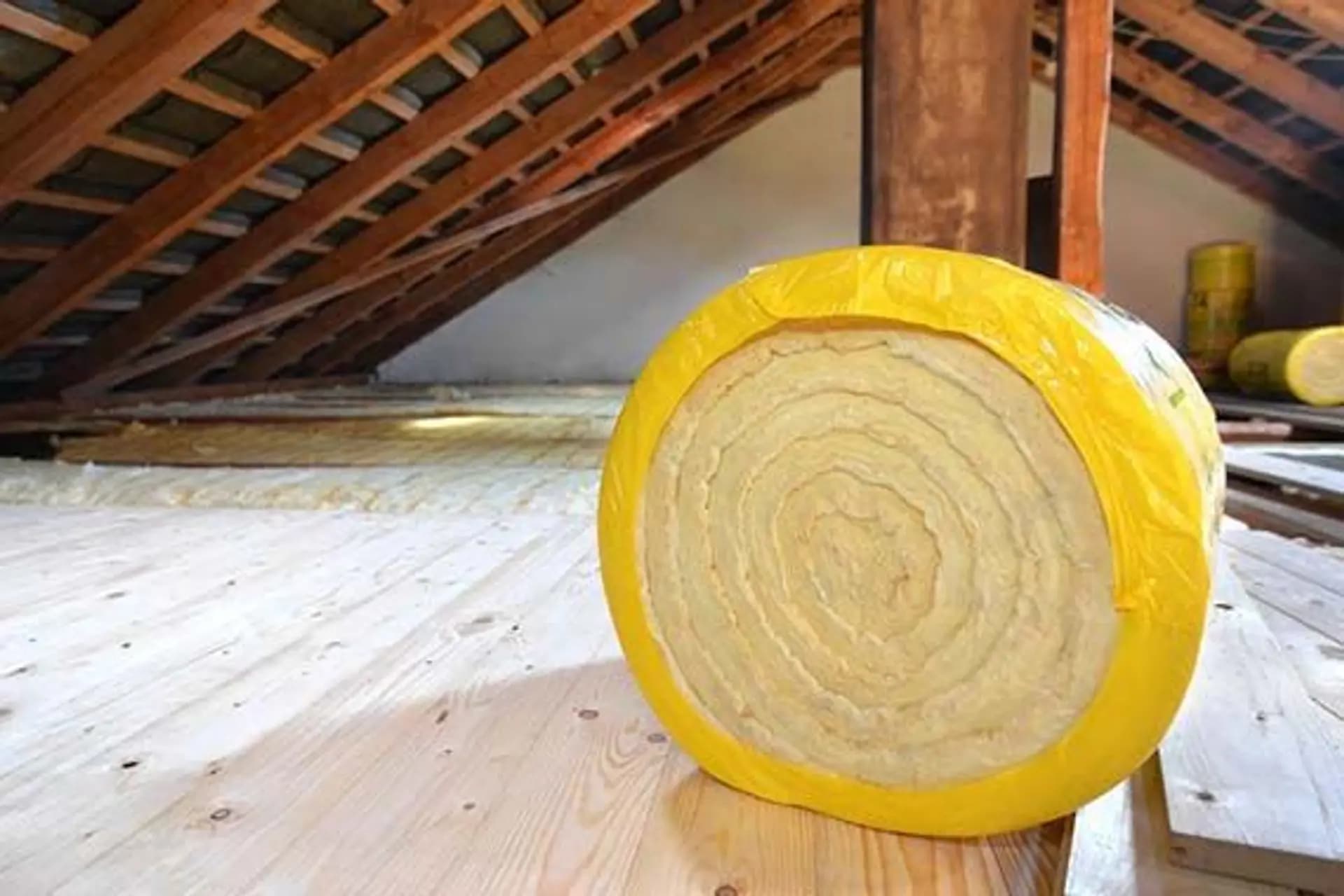Maximise Heat Retention and Energy Savings with Professional Home Insulation
Quantitative Analysis of Heat Loss Reduction, Carbon Emission Impact, and Financial Savings from Comprehensive Home Insulation in the UK

Share this article
Don't keep this knowledge to yourself!
Audio Version Available
Listen to this article while you multitask
Quantifying the Impact of Home Insulation on Heat Loss, Carbon Savings, and Cost Efficiency
The Magnitude of Heat Loss in UK Homes
The UK building stock, comprising a significant proportion of pre-1990s properties, is consistently cited as among the least energy-efficient in Western Europe. As indicated by government statistics and the Energy Saving Trust, the largest sources of heat loss in an uninsulated dwelling are the walls (up to 35%), roof (25%), windows (10%), doors (15%), and floor (15%). Addressing these losses through targeted insulation retrofits is critical not only for occupant comfort but also for achieving statutory carbon reduction targets under the UK’s Net Zero strategy.
Insulation Measures: Technical Performance and Payback
Cavity and Solid Wall Insulation
Cavity wall insulation yields immediate and substantial improvements in a property’s thermal envelope. For a standard semi-detached house, a typical installation cost of around £1,000 translates to annual energy bill savings of approximately £395 and a reduction of 650kg CO₂ per annum. For houses with solid walls—prevalent in pre-1930s stock—the capital investment typically exceeds £12,000, but annual savings are also higher (up to £930 on bills and 1,500kg CO₂ yearly).
Roof and Loft Insulation
Supplementing roof spaces with either mineral wool or rigid board insulation to the recommended depth (270mm) ensures optimal thermal resistance (U-value improvement to 0.16 W/m²K or better). Detached dwellings see cost savings of up to £590 per annum, with energy performance certificate (EPC) ratings improving by one or more bands—an important consideration for both compliance and future property value.

Loft insulation
Floor and Secondary Measures
Insulating suspended timber floors and employing secondary glazing on single-glazed windows are often overlooked but offer further incremental improvements. According to the Building Research Establishment, underfloor insulation can also mitigate thermal bridging, further tightening the building envelope and enhancing overall performance.
Carbon Impact: Addressing Scope 1 Emissions
Decarbonising domestic space heating remains a key challenge. As per Department for Business, Energy & Industrial Strategy (BEIS) data, residential buildings represent nearly 15% of the UK’s total greenhouse gas emissions, largely due to direct fossil fuel combustion. Comprehensive insulation upgrades can reduce an average household’s emissions by 1,000–2,000kg CO₂ annually depending on baseline performance and intervention depth. Over a 40-year material lifecycle, this can equate to 40–80 tonnes of abated carbon per dwelling—a critical variable in local and national carbon accounting.
Policy Instruments: ECO4 and Great British Insulation Scheme
The Energy Company Obligation (ECO4) scheme mandates obligated energy suppliers to deliver energy efficiency measures in qualifying homes, primarily targeting fuel poor and vulnerable households. The scheme prioritises high carbon-saving interventions, including solid and cavity wall insulation, with funding available for both owner-occupied and privately rented dwellings.
The Great British Insulation Scheme extends eligibility to a wider demographic, including less vulnerable households in properties with EPC ratings of D or below. Both programmes require accredited installers and compliance with Approved Document L of Building Regulations.
Conclusion
The salient data underscores the importance of insulation not merely as a cost-control measure, but as a fundamental component in the UK’s decarbonisation pathway. For property owners and policymakers alike, the evidence is unequivocal: robust retrofit strategies yield strong financial and environmental dividends, readily accessible through a combination of government-backed schemes and technically proficient delivery partners.